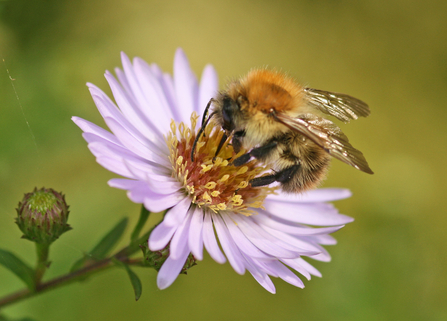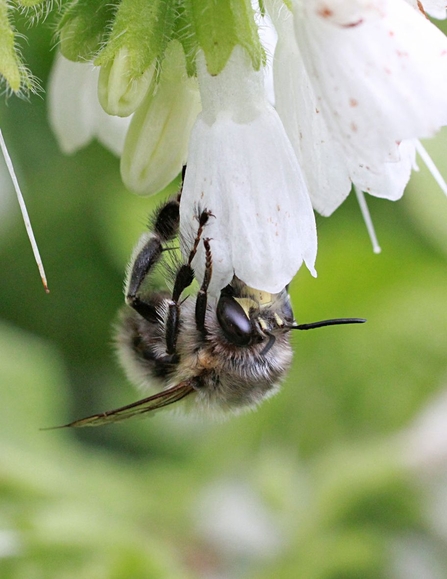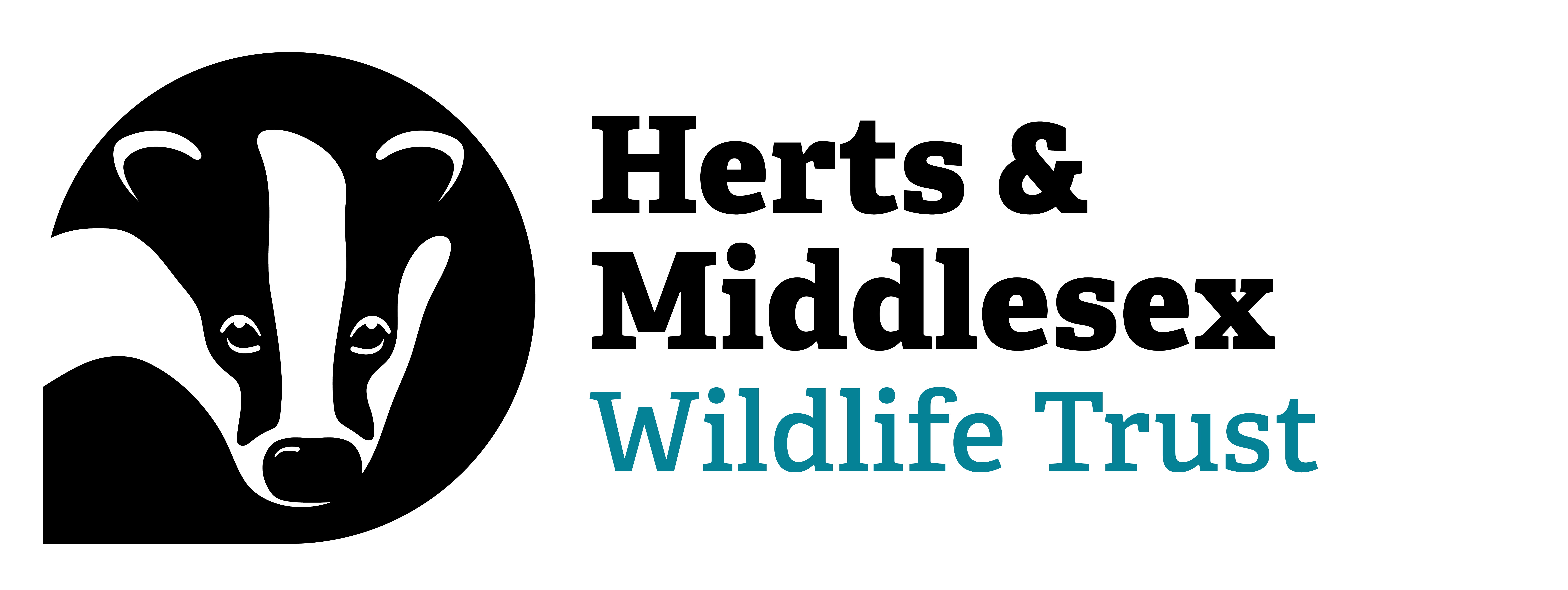A trip out to see the Bluebells is a spring highlight that many of us enjoy, with their lovely scent filling the air and our hearts with joy but, have you ever wondered what else might be looking forward to seeing them? Ian Carle, our Nature Reserves Manager, reveals some of Bluebell’s biggest fans and creatures to look out for.
What to see amongst the Bluebells in April
Astonbury Wood Bluebells © Frieda Rummenhohl

Common Carder Bee ©Rachel Scopes
Common Carder Bee
Bluebells flower relatively early in the season so provide a welcome meal to insects that are on the wing looking for nectar. But which ones in particular benefit from Bluebells? Sussex University has trawled the literature to try and shed some light on which species play a key role in the pollination of plants. Their Database of Pollinator Interactions shows that by far the most frequent recorded interactor with Bluebells are bees, with the Common Carder Bee, topping the list, perhaps unsurprisingly as it’s our most common bumblebee. Common Carder Bee queens begin to emerge from hibernation in March and workers follow on from April, so Bluebells provide a useful food source.

Hairy-footed Flower Bee (c) Penny Frith
Hairy-footed Flower Bee
Another frequent bee visitor is the descriptively named Hairy-footed Flower Bee. This species is one of the first solitary bees to emerge in the spring. They look similar to bumblebees but have a faster more darting flight. Look out for the pale gingery males patrolling patches of Bluebells and chasing away any other insects that approach in the hope of finding a mate. Females of the species look completely different – they are all black with orange hairs confined to their hind legs.
Whilst bees dominate the list of pollinators, other species groups are present too – Bluebells are also pollinated by flies, beetles and butterflies.

Click Beetle © Margaret Holland
Click Beetle
The first non-bee on the list is a Click Beetle (Agriotes pallidulus). This species emerges from the soil in spring and, like the bee pollinators, feeds on a wide variety of flowers. These beetles are only present as adults for a short time – they are rarely seen after June.
White-footed Hoverfly © Ian Carle
White-footed Hoverfly
Hoverflies are quite well represented with five species present - the most frequent visitor being the White-footed Hoverfly (Platycheirus albimanus). This small hoverfly with grey-silver spots is on the wing from March to November, with peak numbers around May and early June.
Bluebell Rust - Uromyces muscari © Ian Carle
Bluebell Rust
In addition to providing a spectacular sensual display and food for early season insects Bluebells host a rust called Bluebell Rust (Uromyces muscari). Take a close look at the leaves and look for a circular pattern of black dots - if you find one you’ve almost certainly found Bluebell Rust!
Bluebells are a feature of many of our ancient woodland nature reserves - read our ‘Top 3 Nature Reserves to See Bluebells’ blog here.

